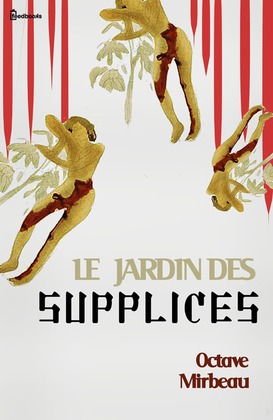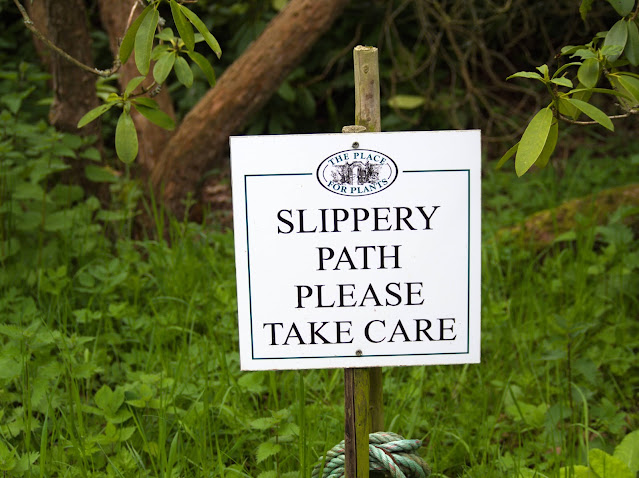The picture above is of Reginald Farrer who I only found about from Nicola Shulman’s wonderful book, A Rage for Rock Gardening: The story of Reginald Farrer, gardener, writer and plant collector.
That subtitle doesn’t designate him as a walker per se, however as a young man in the late nineteenth and early twentieth century he and his friends walked and occasionally climbed in the mountains of Italy, France and Switzerland, as men of a certain type and class did. On July 22 1908, he sent a letter to his mother from Rosenlaui in Switzerland, in which he wrote,
'It is extraordinarily pleasant to be in the mountains again, and I find that vigour has so increased upon me that toilsome expeditions of three years ago are now strolls as easy as our favourite walk to the kitchen garden.’
This was worth noting because Farrer had been a sickly child, born with a cleft palate, a hare-lip and what he himself described as ‘a pygmy body.’
After a patchy, short career as a novelist (I think 99% of novelists have patchy careers, though not necessarily short ones) he dedicated himself to gardening, horticultural writing, and expeditions on which he collected plants and seeds that could be brought back and grown in English rock and alpine gardens. This was a commercial enterprise.
Later he writes, ‘It may come as a shock and a heresy to my fellow Ramblers when I make the confession that, to me, the mountains … exist simply as homes and backgrounds to their population of infinitesimal plants. My enthusiasm halts ... with my feet, at the precise point where the climber’s energies are first called upon.’ So he was definitely a walker, not a climber, though he certainly found himself in some lofty places.
His travels took him to Ceylon (where he became a Buddhist), Japan, Korea, China, Tibet, China and ultimately Upper Burma, where he died of diphtheria aged 40. EMH Cox, who was with Farrer on that last expedition, and didn’t get on especially well with him, wrote ‘His stocky form was clad in khaki shorts and shirt, tieless and collarless, a faded toupee on his head, old boots and stockings that gradually slipped down and clung about his ankles as the day wore on.’
You know, I’ve read a certain amount about those men, colonial adventurers I suppose we might call them, who ‘walked across Africa.’ And it’s surprising how often this ‘walking’ involved being carried or stretchered after they’d come down with some strange and devastating illness. So they didn’t walk all the way, though their bearers did. Some of Farrer’s travels involved variations on this.
Sometimes he traveled in a sedan chair, which enabled him to read as he travelled: he was a great fan of Jane Austen. But this was problematic. The sedan carriers, walking on wildly uneven terrain, kept dropping the chair. In his diary Farrer wrote; ‘Crash went the chair again and again, and out flew Northanger Abbey into the mud.’
Such are the trails of the long distance reader, to say nothing of the walker.













































